Talking up state’s farmland protection program: Area farmers on board, but effort faces housing headwinds
| Published: 03-18-2024 2:43 PM |
HADLEY — The owners of a Shelburne farm have permanently protected 100 acres through the Agricultural Preservation Restriction program, ensuring that the fertile land won’t be turned into a large, upscale housing estate or put to other uses.
“That’s what’s happened to many farms in our area,” said Carolyn Wheeler of Wheel-View Farm. “Now we want to put the rest in the APR program, and protect it for future generations,”
Speaking at a Flapjacks & Farms Chats APR information session last Tuesday morning at the North Hadley Sugar Shack, Wheeler was among 40 farmers and landowners learning more from officials with the Massachusetts Department of Agricultural Resources, including David Viale, supervisor of the agricultural lands program.
The event comes in the midst of an ambitious aim to double the pace of preservation of farmland since the program began in 1980 and to prioritize keeping the best land in agricultural use permanently, with $10 million in the APR account this year, or three to four times as much as normal.
“That’s huge,” Viale said. “We’re hoping that number stays or even increases over the next few years.”
Since the APR program was signed into law, close to 1,000 farms and 75,000 acres have been preserved, but that’s over more than 40 years. Estimates are that in next 16 years, or by 2040, that Massachusetts will lose 74,000 acres of agricultural land to development, Viale said.
“That’s a scary number,” he said.
The protection of farmland is aligned with both the 2030 and 2050 state goals around climate change, Viale said.
Article continues after...
Yesterday's Most Read Articles
Even with Hadley likely still having the most APR-protected land in any community, with well over 2,000 acres, Vilae said more can be done. He showed a map of the state illustrating that the Connecticut River Valley is already doing well, indicated in green, with Amherst another top APR community. He would like to see this green expand across the state.
APR is a competitive program, with farmers and landowners applying and then being evaluated and ranked, with 83 towns now part of an American Farmland Trust and Natural Resources Conservation Service “farmland of local importance” project.
The program will pay owners of agricultural land the difference between the fair market value of the land and the agricultural value of their farms. In exchange, a permanent deed restriction goes onto the property, preventing its use for anything that would impact its viability for crops.
But the success of the APR program comes in the face of challenges, with significant land at risk, including that Massachusetts has the third most expensive per-acre farmland in the state, and that saving farmland is competing with initiatives to ramp up housing production. Viale said the state is exploring using some protected land for housing stock, a revision to the law that would yield to the pressures of housing.
“We’re revisiting it, because housing is an important topic for the commonwealth of Massachusetts, and for farmers,” Viale said.
There also is the issue of an aging workforce, with 30% of farmers 65 and over, and the need to make farmland more affordable for start-up farmers to use.
“We’re at a point of time where there’s a lot of land that might be transitioning out of farming,” Viale said.
American Farmland Trust, FSA Financial and Land for Good were among those providing information to farmers and landowners at the breakfast as Viale fielded questions, such as whether there is support for dual-use solar, where farming activities continue with solar arrays installed, and if there could be amendments lifting the “200%” restriction on solar projects, meaning that they can provide only double the farm’s energy needs.
“We’re looking hard at it, we know it’s an important topic, both for farmers economically, and the environment for the state,” Viale said.
Joseph Zgrodnik, a member of the Hadley Planning Board, praised the original APR legislation, observing that it was signed into law by then-Gov. Michael Dukakis at a Hadley farm. He expressed concern, though, that farmers are no longer getting the full value of the land when they agree to participate. Even so, Zgrodnik continues to believe in APR.
“It’s still a great program,” Zgrodnik said.
Scott Merzbach can be reached at smerzbach@gazettenet.com.

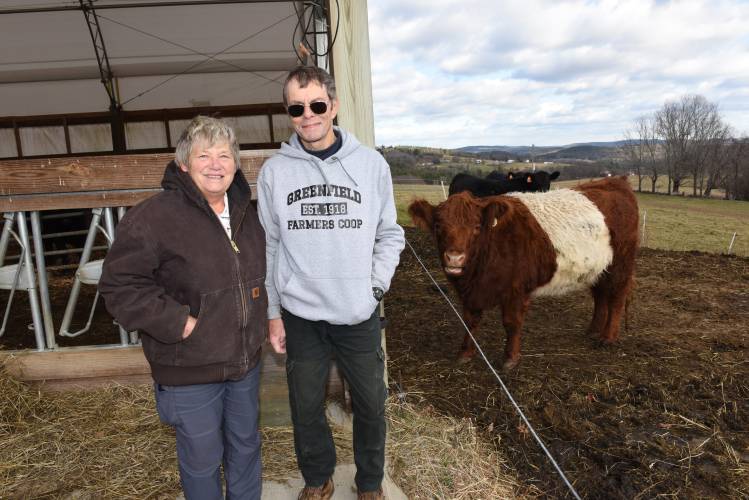
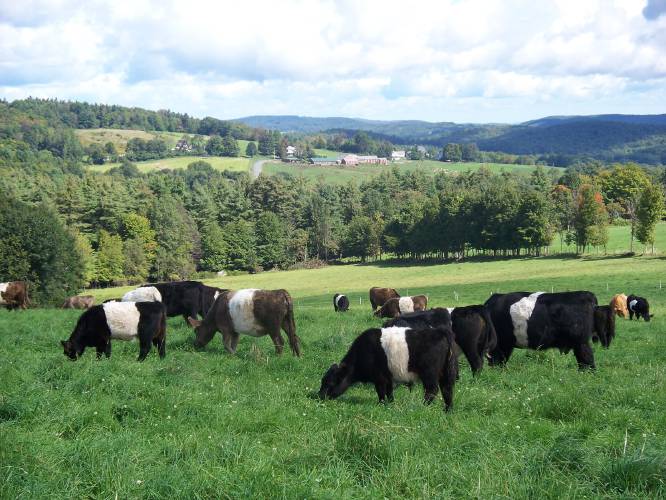
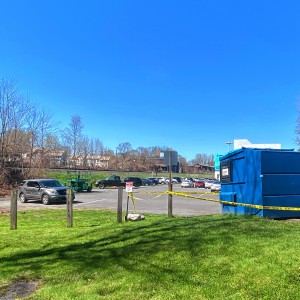 Authorities ID victim in Greenfield slaying
Authorities ID victim in Greenfield slaying 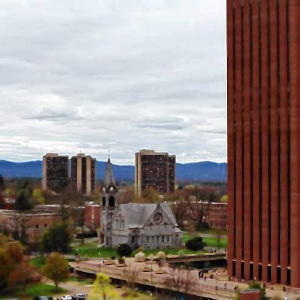 Federal probe targets UMass response to anti-Arab incidents
Federal probe targets UMass response to anti-Arab incidents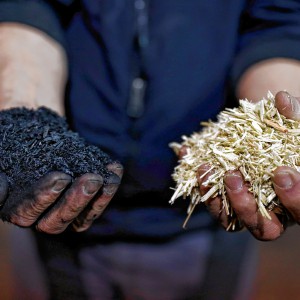 Locking up carbon for good: Easthampton inventor’s CO2 removal system turns biomass into biochar
Locking up carbon for good: Easthampton inventor’s CO2 removal system turns biomass into biochar William Strickland, a longtime civil rights activist, scholar and friend of Malcolm X, has died
William Strickland, a longtime civil rights activist, scholar and friend of Malcolm X, has died
